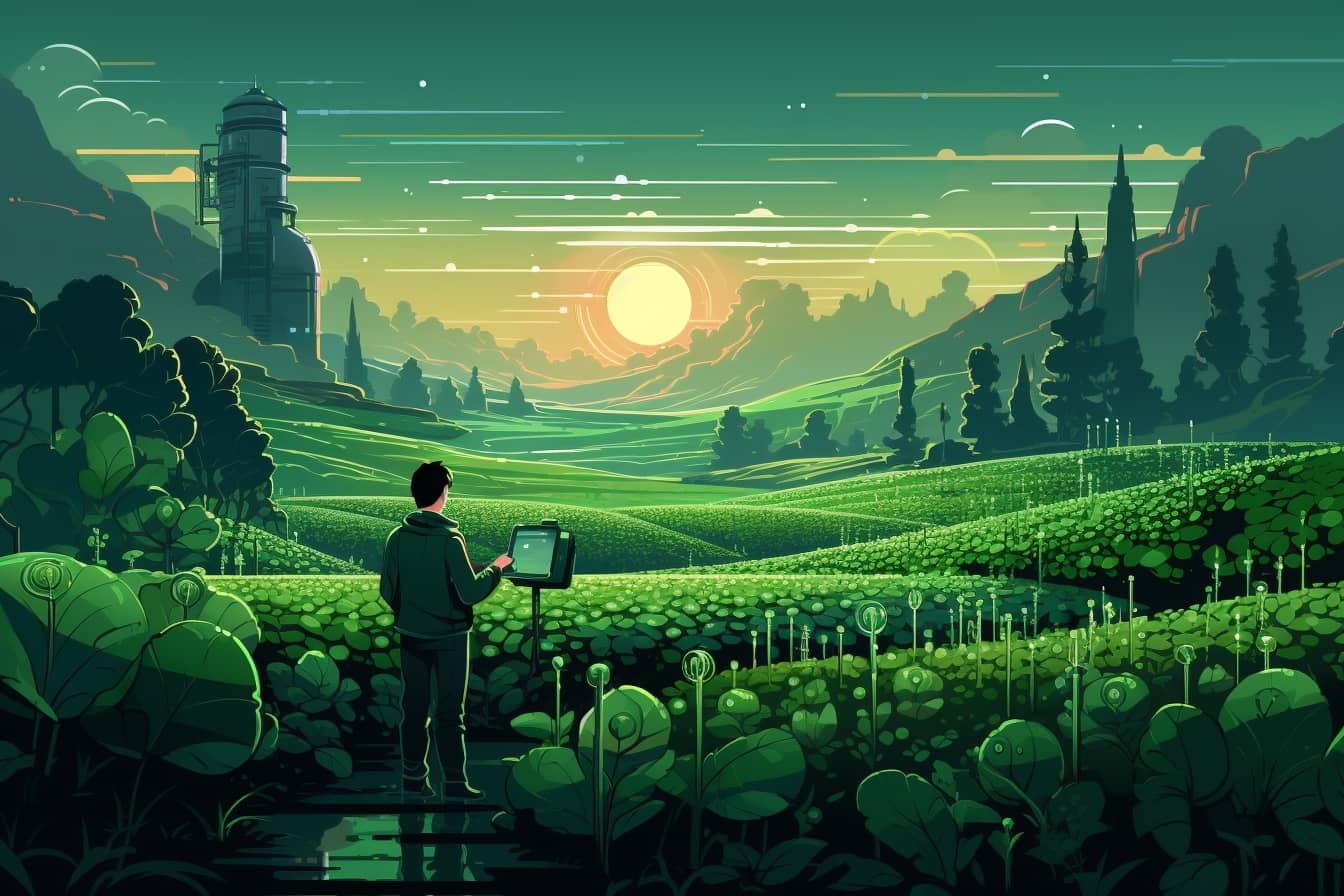Agriculture is going through a digital revolution. Emerging technologies are transforming its future to make it more efficient and sustainable. Between artificial intelligence (AI), robotics, the Internet of Things (IoT), drones, blockchain and other technologies, the agriculture of the future will be much more targeted and optimized.
It is no coincidence that it is called "precision agriculture". Let's take a look at the trends that will transform the future of agriculture?
Precision agriculture
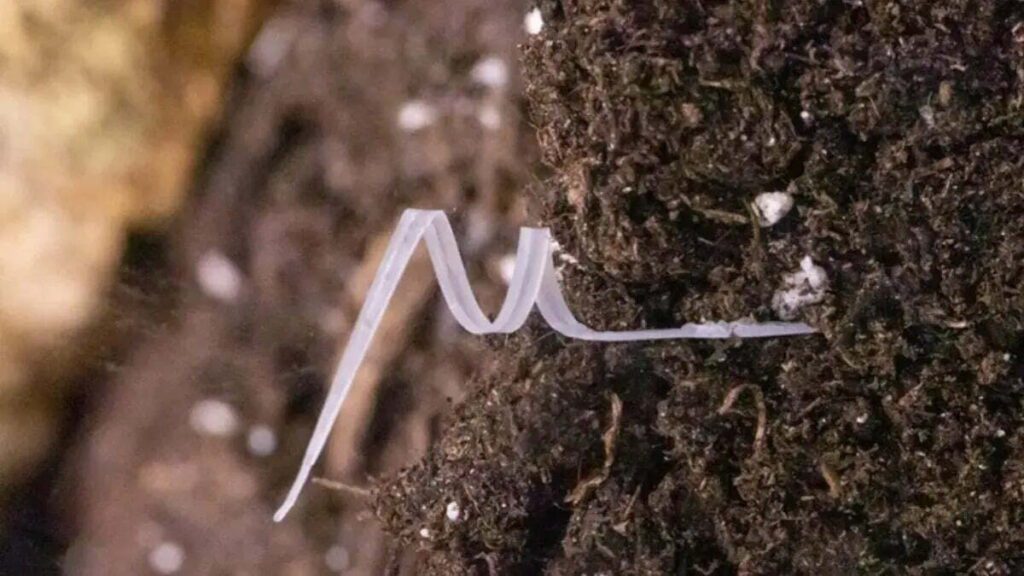
I just mentioned it, and it deserves pride of place. Precision agriculture will be the macro area that will exploit technology to improve efficiency and reduce waste.
I sensors new generation will be able to monitor soil and climate conditions, allowing farmers to irrigate and fertilize more effectively and without waste.
Same function for i drones, which can already monitor crops and detect diseases or parasites today: let's add the possibility of sowing for the future, and we will have a complete revolution in the sector. These and other technologies will help farmers make data-driven decisions, leaving nothing to chance.
Vertical farming
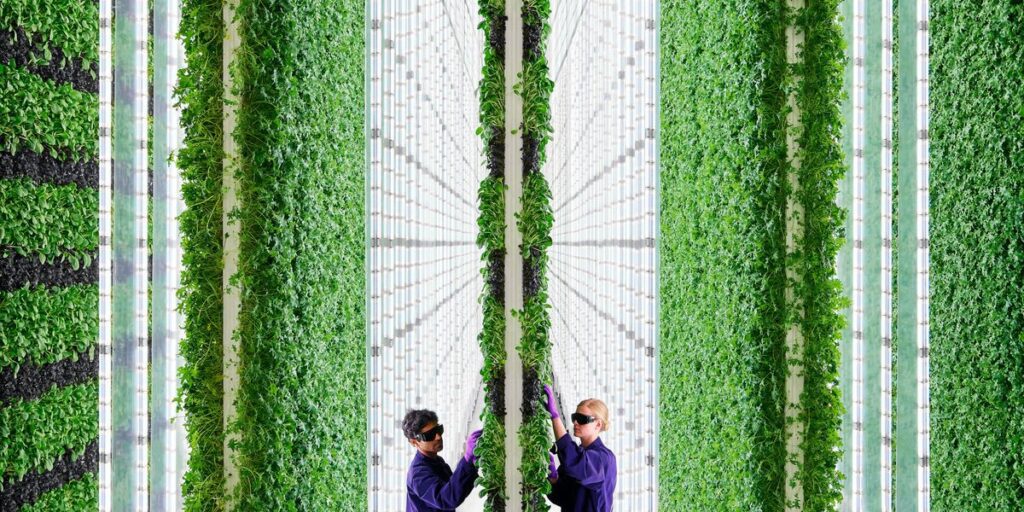
Vertical farming is a form of future (but already present) agriculture that grows plants in vertical layers, often in structures such as skyscrapers, used tunnels or shipping containers.
Large production centers "flourish" around the world year after year, even in urban areas: in Singapore, for example (at the forefront of the sector), but also in Europe: in the UAE.
This technology can produce food more efficiently and sustainably, reducing the need for agricultural land and water. And of course it can be practiced all year round, regardless of the external climate.
Hydroponic and aeroponic agriculture
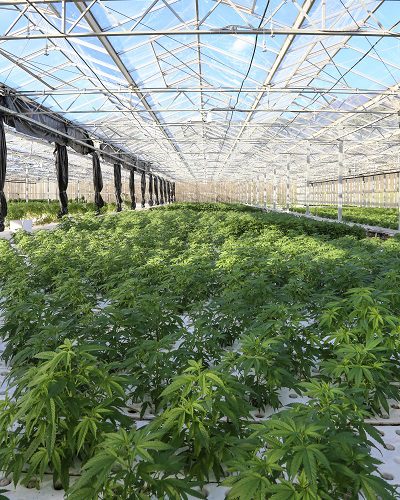
Hydroponic and aeroponic agriculture are further steps: they aim to obtain crops without even using the soil.
In 'hydroponic, the plants are grown in a solution of water and nutrients. An example? These Farmpod mobile greenhouses, farms on four wheels that grow plants, fruit and vegetables during their own transport.
In 'aeroponics, the plants are even grown in the air, with the nutrients sprayed directly onto the plants. One of the largest aeroponic greenhouses in the world is located in Nola, in the province of Naples. It has a surface area of 6.000 m26, and can provide up to XNUMX harvests per year.
These techniques can save water (90% less), reduce pesticide use and produce food more efficiently.
Cultivated food
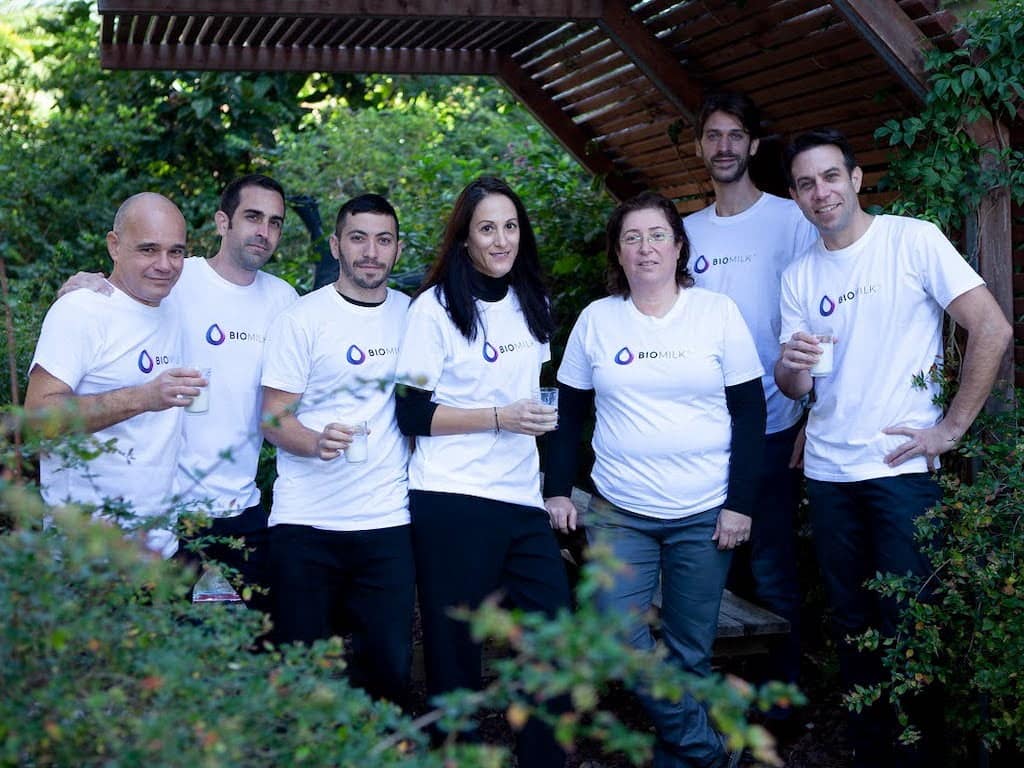
Here we enter into a huge and thorny topic. Yes, because among the promises contemplated by the future of agriculture there is the fact that agriculture will somehow also cultivate something else.
The meat, for example. The one obtained with cellular agriculture is produced by growing animal cells in a laboratory, instead of breeding and slaughtering animals. This technology could reduce the environmental impact of raising livestock, provide a more sustainable source of protein and avoid animal suffering.
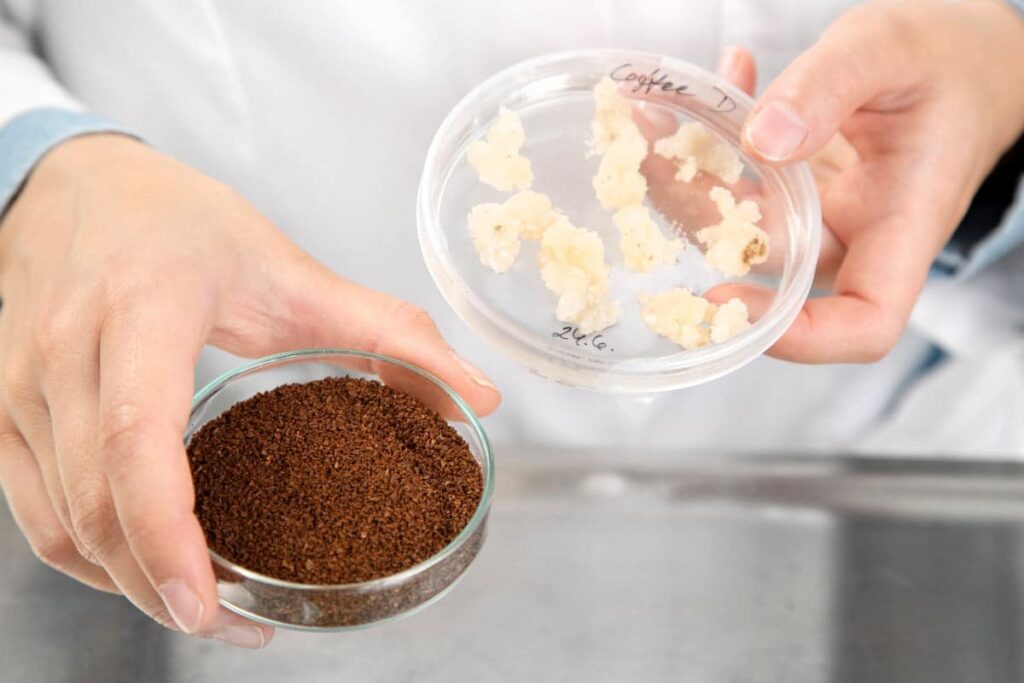
Not just meat, however. In the near future cellular agriculture will also give us coffee (the first “cups” were obtained in Finland). And then again dairy products, cheeses, fish: the future seems to have everything to cultivate: obviously, if it does not present risk profiles for the health of consumers and if it has all the nutritional values in their place. Otherwise it's fake food, right?
Robotics and automation
Robots are becoming more and more common in agriculture. They can perform a huge variety of tasks. Sowing, for example. Or water exactly when you need it, where you need it and how much is enough.
Most of all, however, in the near future it could find use there “weed-killing” robotics, which eliminates harmful parasites and weeds without resorting to pesticides. Machines that meticulously (night and day, without ever getting tired) tear up the weeds one blade at a time with a robotic "hand", even 100.000 per hour, they are unmatched.
In the future of agriculture, robotics will play its part in increasing efficiency, reducing the most tiring part of the work and improving safety in the fields, especially in the sunniest hours.
Artificial intelligence and machine learning
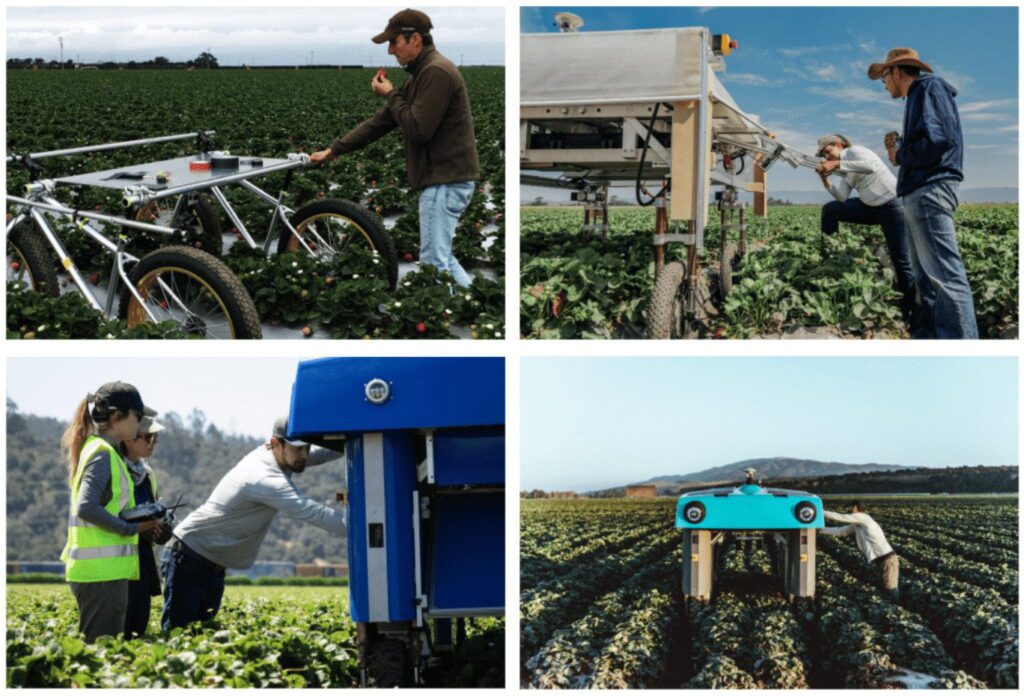
Artificial intelligence (AI) and machine learning they can help farmers make data-driven decisions.
For example, AI can analyze data obtained from sensors to predict crop yield, detect diseases or pests, and optimize irrigation and fertilization. Machine learning can improve the accuracy of these predictions over time.
The work of Alphabet X, Google's "mother" research and development laboratory, is interesting in this field. His intelligent robot, Plant Buggy, has been tested for a few years on the lands of half of America: and it is becoming increasingly better and closer to use in the future of agriculture.
Blockchain and the future in agriculture

Blockchain can improve traceability and transparency in the agriculture of the future.
We're talking about the supply chain here, gentlemen. The ability to trace a product's journey from field to consumer, helping to prevent fraud and ensure food safety, is priceless. Not to mention that the guarantee of security in certain passages can facilitate transactions and contracts between farmers, buyers and service providers.
A practical case of use of the blockchain in agriculture is that of the East African Community (EAC), an intergovernmental organization made up of six East African countries. The EAC has implemented the blockchain technology to improve the efficiency and transparency of its agricultural supply chains.
In particular, the EAC has used blockchain to track and verify the origin of agricultural products, thus ensuring that they are safe, high quality and sustainably produced.
The results? Fantastic. Blockchain has allowed consumers to verify the origin of products, increasing trust in EAC agricultural products. It has helped reduce costs and transaction times, improving the efficiency of its supply chains and leading to greater competitiveness of the EAC's agricultural products in international markets.
Blockchain has also facilitated access to credit for small-scale farmers in the EAC, as the information can be used to demonstrate the solvency and reliability of producers.
In other words? With the blockchain in agriculture everyone wins: farmers, companies and consumers.
Future and Agriculture? Internet of Things (IoT)
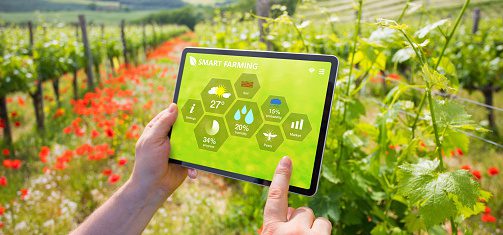
The Internet of Things (IoT), you know, connects physical devices to the Internet allowing them to collect and exchange data. In the future of agriculture, IoT can also be used to monitor soil and climate conditions, track livestock (in areas where it is still used for agricultural operations), optimize irrigation and much more.
A greenhouse in Ecuador, the “Invernadero Alexander”, was a pioneer in the sector. This project used two open source IoT operating systems, FreeRTOS and RIOT, and combined them with an ESP32 module, a Raspberry Pi 3 microcomputer, and humidity and temperature sensors to automate growing processes and measure soil moisture in real time. Result? Superior quality products and satisfied customers.
Not only that: the IoT has allowed the invernadero to plan execution times and concurrent activities, improving the entire efficiency of the cultivation process.
In summary: beyond our approach "augmented" by technology, the devices themselves will "talk" to each other to give us a hand. With a particular focus on wine production and in general on all crops that require very careful control of various parameters.
Genomics and biotechnology
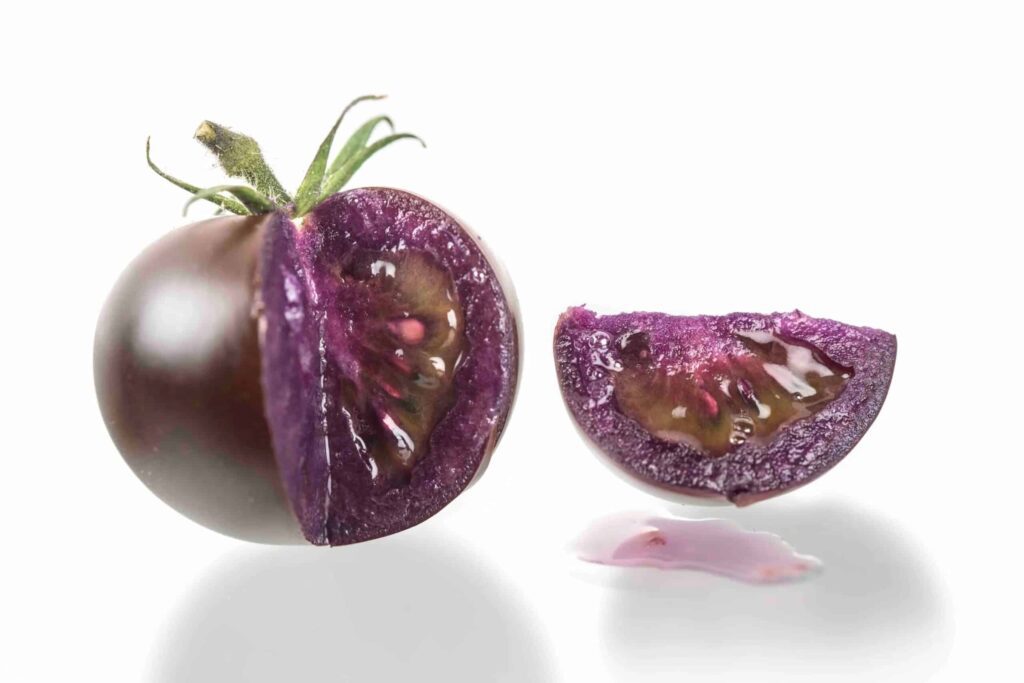
Here too we venture into sensitive territory, but genomics e biotechnology they are making huge strides to help improve crops and livestock.
In the present and future of agriculture, gene editing techniques such as CRISPR can create plants resistant to diseases, pests, extreme climate conditions. OR more “generous” crops, which guarantee better harvests. Or even plants with medicinal properties (such as this special purple tomato).
Of course, you need to proceed carefully, and carefully evaluate the possible health risks.
There is no future in Agriculture without renewable energy
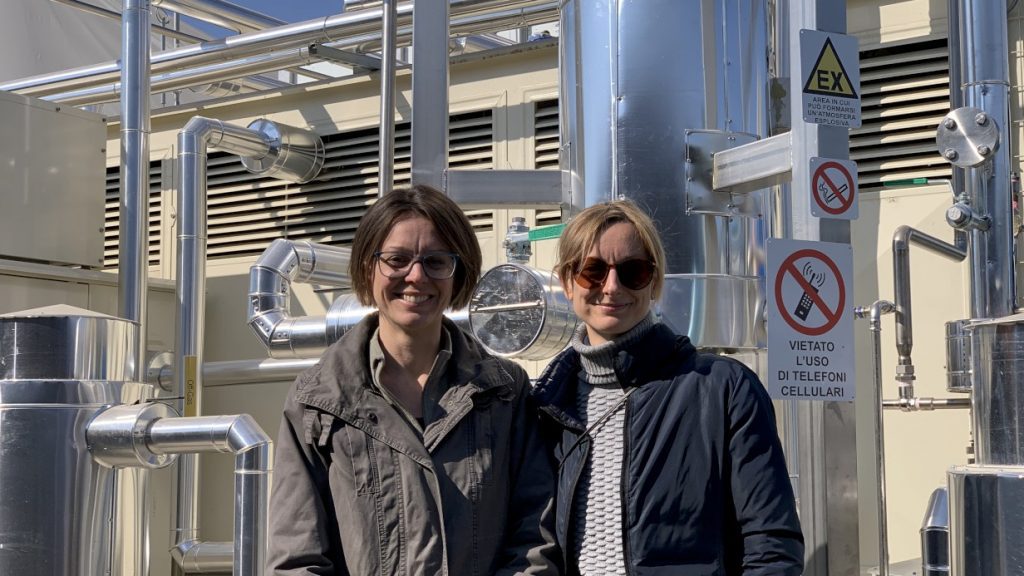
Last but not least of the "standard bearers of the future in agriculture" is the contribution of renewable energy, which can help agriculture correct and mitigate its worst "defect": the environmental impact.
For example, solar panels can provide energy for irrigation, lighting and other agricultural operations. Wind turbines can generate power for farms in windy areas. Solar panels can give a boost to greenhouse crops, and even vitality to pastures for the sheep. Still, agricultural waste can be converted into biogas, a source of energy.
Agriculture of the future, to conclude
From plants growing in the air to meat materializing in the lab, to robots hoeing fields and blockchains tracking every grain of rice, the future of agriculture seems closer to an episode of Star Strek than the reality that we know.
Don't worry, though. We won't have to learn to speak Klingon or fight with lightsabers: we'll just have to get used to the idea that the salad could come from a skyscraper, the steak from the laboratory around the corner and that our trusted farmer could be a robot with a diploma in artificial intelligence.
And if all this seems too strange to you, remember that people once believed that the Earth was flat and that you could fall off if you sailed too far. So, get ready: the agriculture of the future will be an incredible journey, full of surprises.
